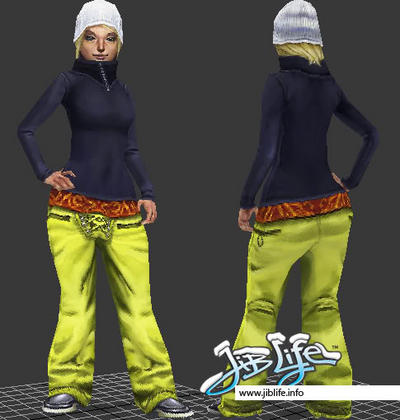Really they should. It's exactly the same thing as an airplane- only the wings are going around in a circle, creating the airspeed.
Airplanes work because the propeller pulls the plane through the air, and the speed of the air going past the wings makes it fly. The wings are shaped with the bottom flat, and the top curved, so there is more distance for the air to travel above the wing than below.
Because of this, the air above the wing has to travel faster, and cover a greater distance- and because the same amount of air is traveling over a greater distance, there is less pressure pushing down on the wing than up. Thus, you have lift. Enough of this force will lift an entire plane.
With helicopters, it is much the same thing. Instead of the wings being fixed, and the whole thing going forward, the wings create their own speed by rotating around, a lot. Each rotor is actually a wing, and the same principle of lift applies. They raise the helicopter into the air.
Why, then, doesn't the helicopter spin around, as Newton's Third law of Motion (that every action has an equal and opposite reaction) would suggest? That is where the smaller, vertical propeller on the helicopter's tail comes in. It generates sideways lift to oppose the Newtonian force that would spin the helicopter, and this tail rotor spins at a speed very carefully proportioned to the speed of the main rotor, so it stays balanced.
To turn when the heli is moving very slowly, this rear rotor either slows down or speeds up a little bit.
To attain forwards or rearwards motion, the wings of the main rotor actually change their angle, pointing up a little and down a little in the front and the back of the helicopter. This, again, is a complicated procedure that essentially produces more lift in the rear of the heli than in the front (in the case of moving forwards) so the lift is not strictly in an upward direction, but so it is diagonal, and pulls the heli forward. This works in all directions.
To change direction while moving at higher speeds, one can not only modulate the speed of the rear rotor, because, as NS would say, "you're momentum is wrong." What this means is, if you are moving straight north, and rotate to point straight east, you would still be moving north, due to the principle that an object in motion, stays in motion. So you must balance a change in the main rotor blades' individual angles with the modulation of the rear rotor's speed to achieve a change in the direction of the helicopter as a whole.
That, my deadline-challenged friend, is how a helicopter works. Are there any more questions you have for a high school junior to answer from the knowledge he has attained over the years? Surely if I took the time to learn how write in Java or CSS or whatever code you're using, I, or any other NSer, could produce results faster than you.
Thank you, and good night.
































